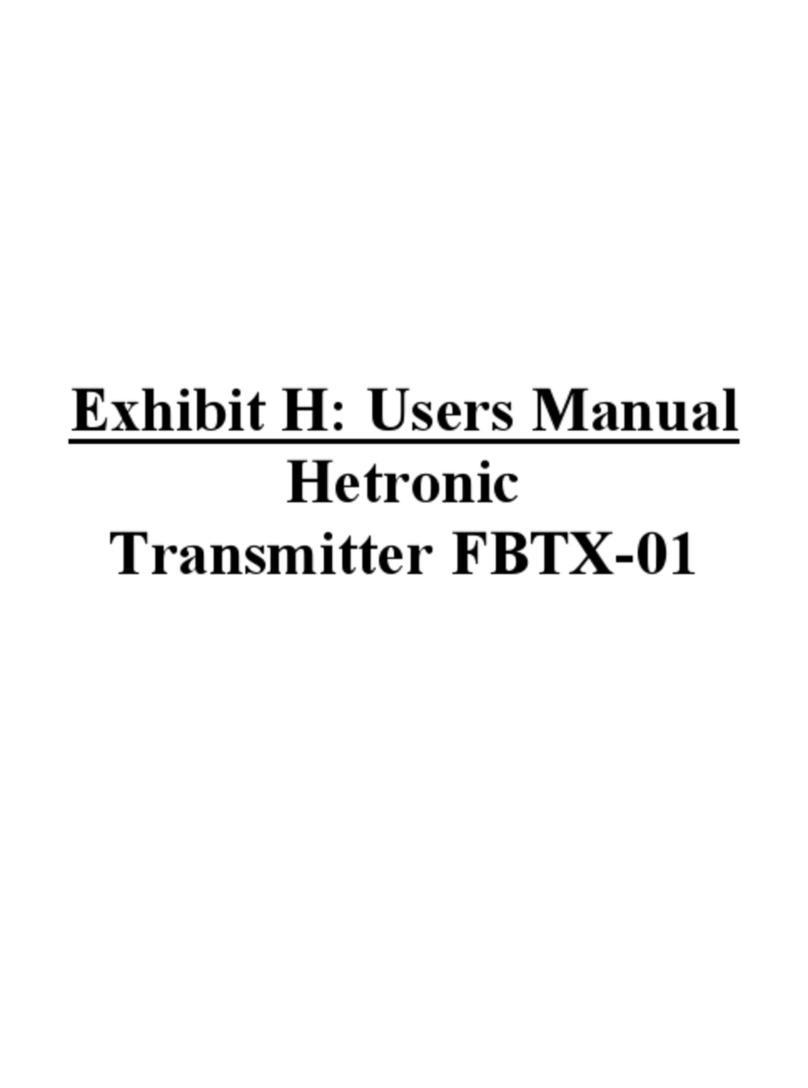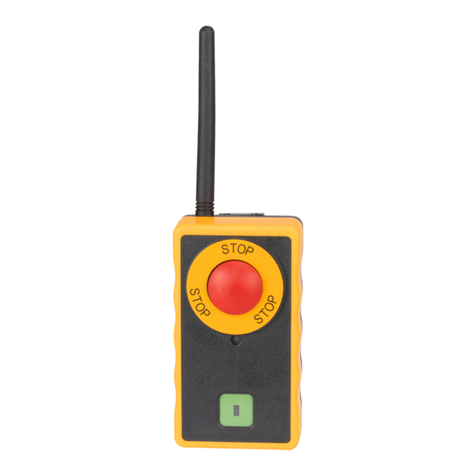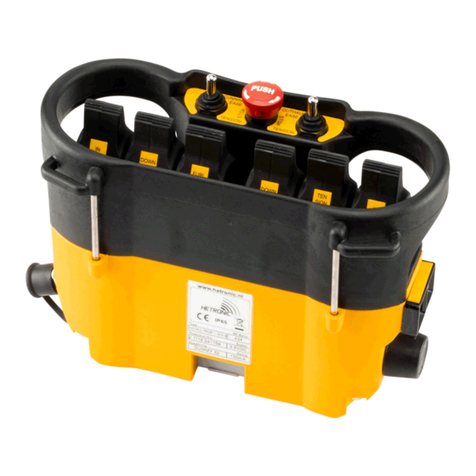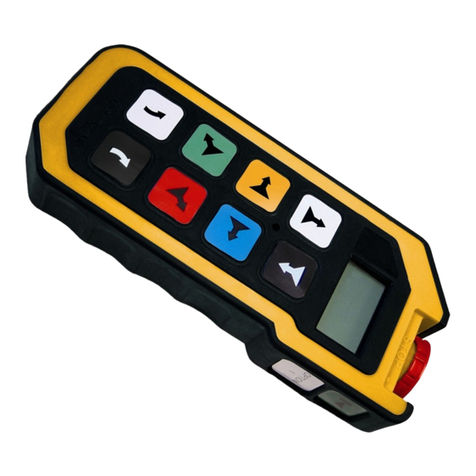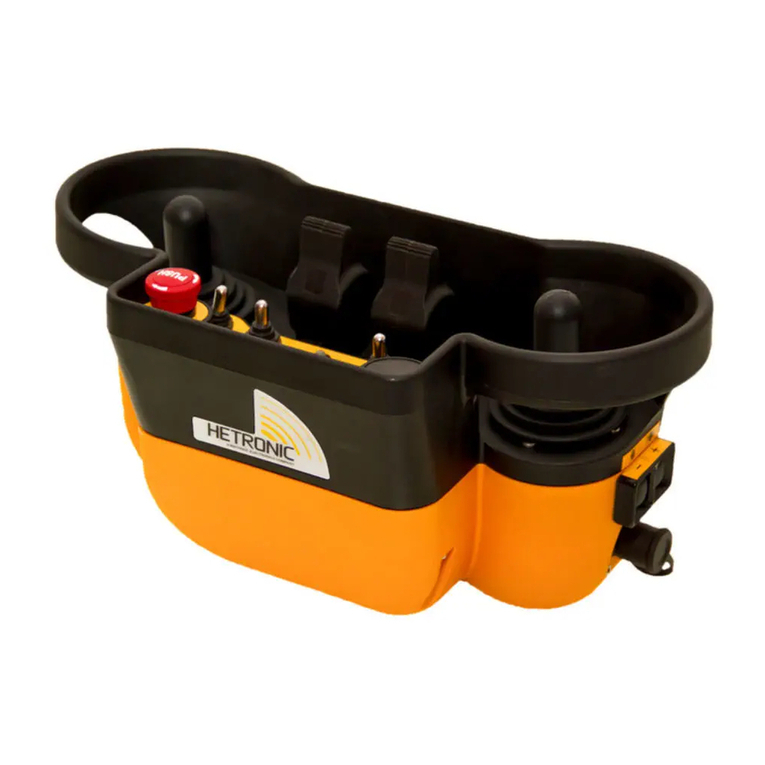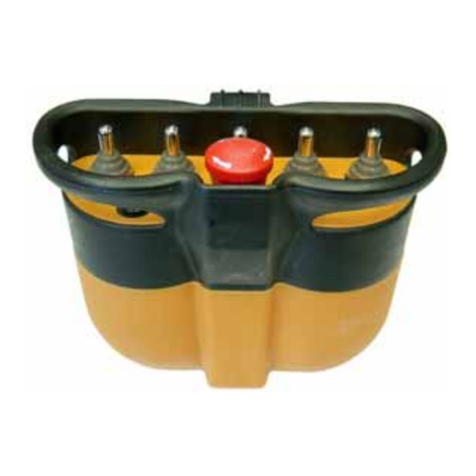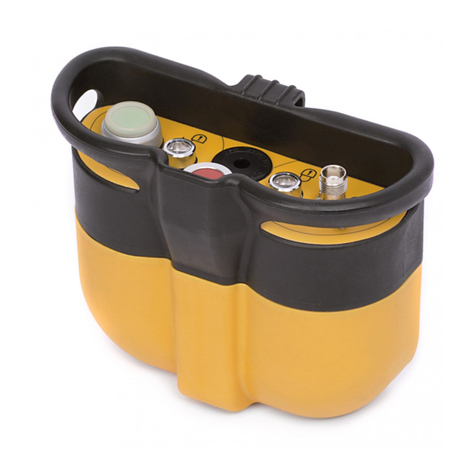USER’S MANUAL | ERGO-S
2
Table of Contents
1. Safety.......................................................................................................................................................................................................4
1.1 Intended Use......................................................................................................................................................................................4
1.2 Symbol Notation.................................................................................................................................................................................4
1.3 Practices and Laws............................................................................................................................................................................4
1.4 Required Operator Training...............................................................................................................................................................4
1.5 Possible Sources of Danger..............................................................................................................................................................4
1.6 Protective Features............................................................................................................................................................................5
1.7 STOP in case of EMERGENCY........................................................................................................................................................5
1.8 Caring for your ERGO-S....................................................................................................................................................................5
2. Introduction and Functional Description .................................................................................................................................................6
2.1 Production and System Numbers......................................................................................................................................................6
2.2 Before Operating Your Wireless Control Unit ...................................................................................................................................6
2.3 Unit Labels..........................................................................................................................................................................................6
3. Your ERGO-S Transmitter ......................................................................................................................................................................7
3.1 General Description ...........................................................................................................................................................................7
3.2 ERGO-S Basic Features....................................................................................................................................................................7
3.3 Standard ERGO-S 2.4GHz Configuration.........................................................................................................................................7
4. Operating Your Transmitter.....................................................................................................................................................................9
4.1 Holding Your Transmitter...................................................................................................................................................................9
4.2 Visually Checking Your Transmitter ..................................................................................................................................................9
4.3 Powering Up and Starting Your Transmitter .....................................................................................................................................9
4.4 Transmitter Initialization with Standard Status LED Indicator ..........................................................................................................9
4.5 Transmitter Initialization with Graphic User Interface (TFT) and Standard Status LED Indicator ..................................................9
4.6 Turning OFF the Transmitter and Stopping the Radio Remote Control ..........................................................................................9
4.7 LED Behaviour and Meanings.........................................................................................................................................................10
4.8 Battery Level Indication....................................................................................................................................................................10
4.9 Magnetic Belt Clip (if equipped).......................................................................................................................................................11
4.10 Cable Control (optional).................................................................................................................................................................11
4.11 Start-Up Sequences.......................................................................................................................................................................11
5. Configuring Your ERGO-S....................................................................................................................................................................12
5.1 Entering Service Mode.....................................................................................................................................................................12
5.2 Adjusting Settings in Service Mode.................................................................................................................................................12
6. Theory of Operation...............................................................................................................................................................................16
6.1 Stop Function ...................................................................................................................................................................................16
7. Ergo S battery........................................................................................................................................................................................17
7.1 Recharging your Batteries ...............................................................................................................................................................17
7.2 Charging Unit ...................................................................................................................................................................................18
7.3 Battery Disposal...............................................................................................................................................................................19
7.4 Prolonged Battery Life .....................................................................................................................................................................19
8. Troubleshooting.....................................................................................................................................................................................20
9. Specifications.........................................................................................................................................................................................21
10. Warranty, Service, Repairs and Maintenance....................................................................................................................................22
11. Regulatory Information........................................................................................................................................................................23
11.1 Europe............................................................................................................................................................................................23
11.2 North America ................................................................................................................................................................................23
11.3 Industry Canada (IC/ISED) Statement..........................................................................................................................................24
Appendix A.................................................................................................................................................................................................25
Definition of terms ..................................................................................................................................................................................25
Appendix B.................................................................................................................................................................................................26
B.1 Operator Safety Basics....................................................................................................................................................................26
B.2 Safety Checklist...............................................................................................................................................................................26
B.3 Ergo S Variants and Current Rating ...............................................................................................................................................27
Appendix C ................................................................................................................................................................................................29
C.1 Spare Parts List...............................................................................................................................................................................29

